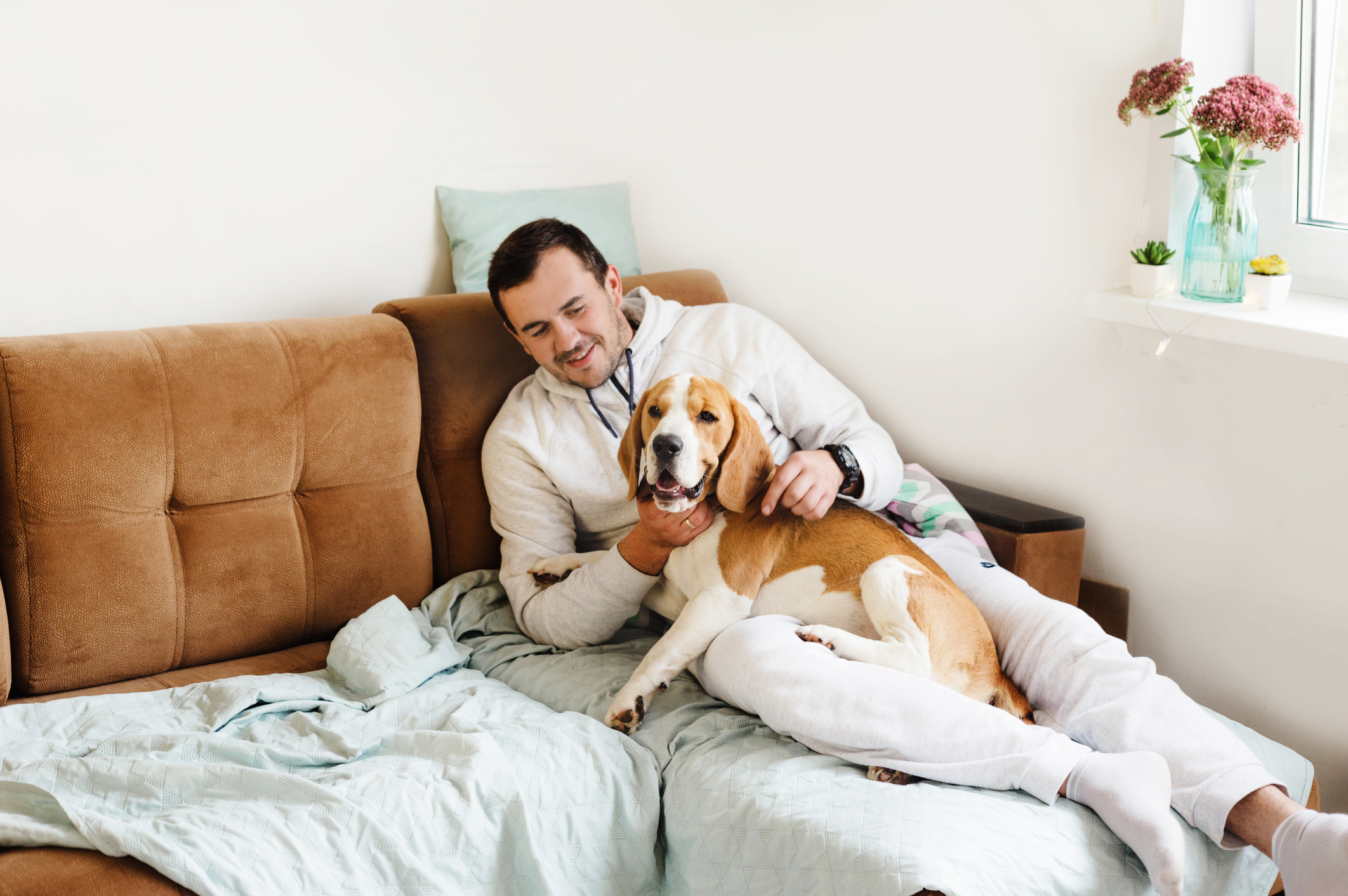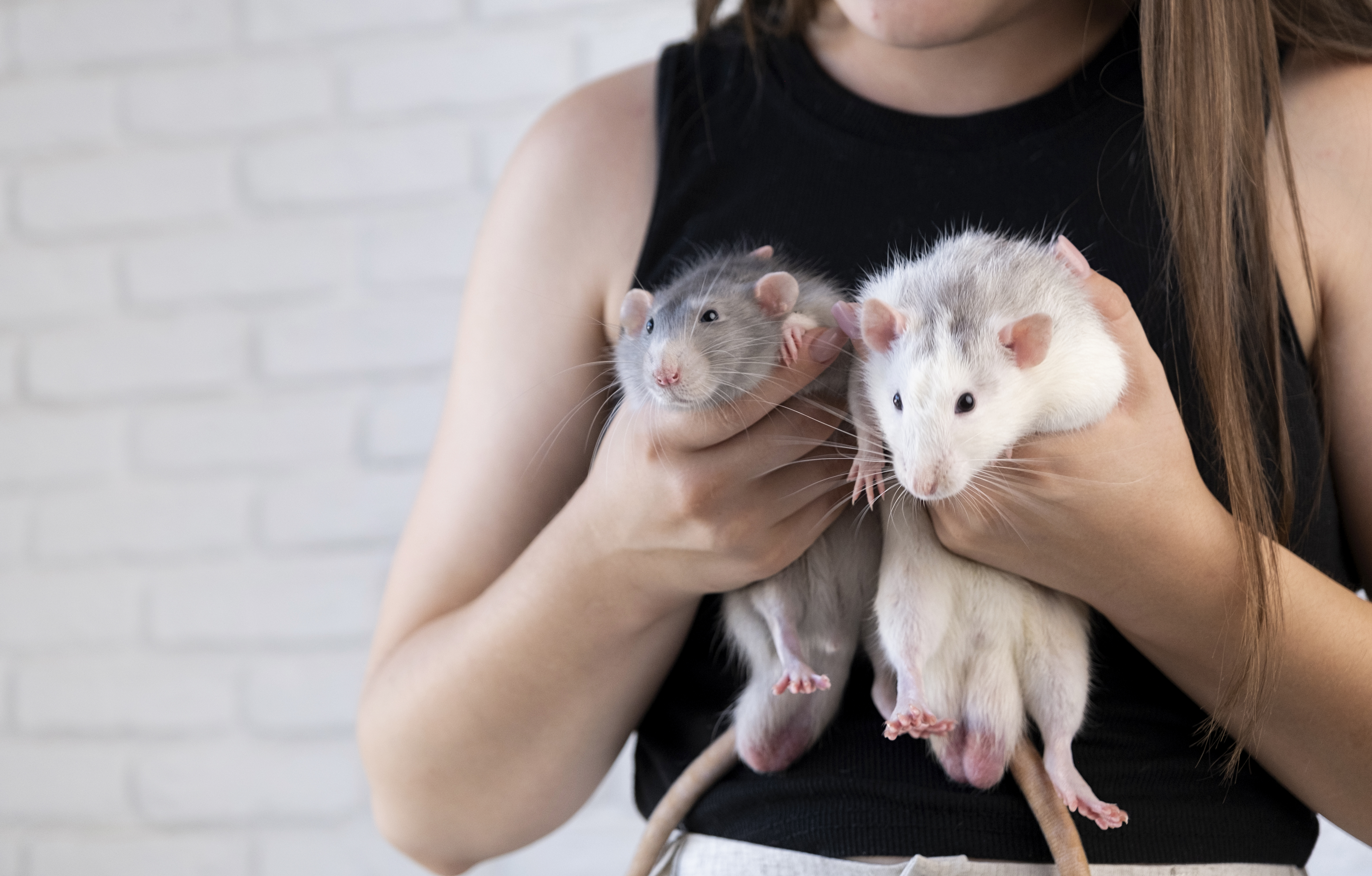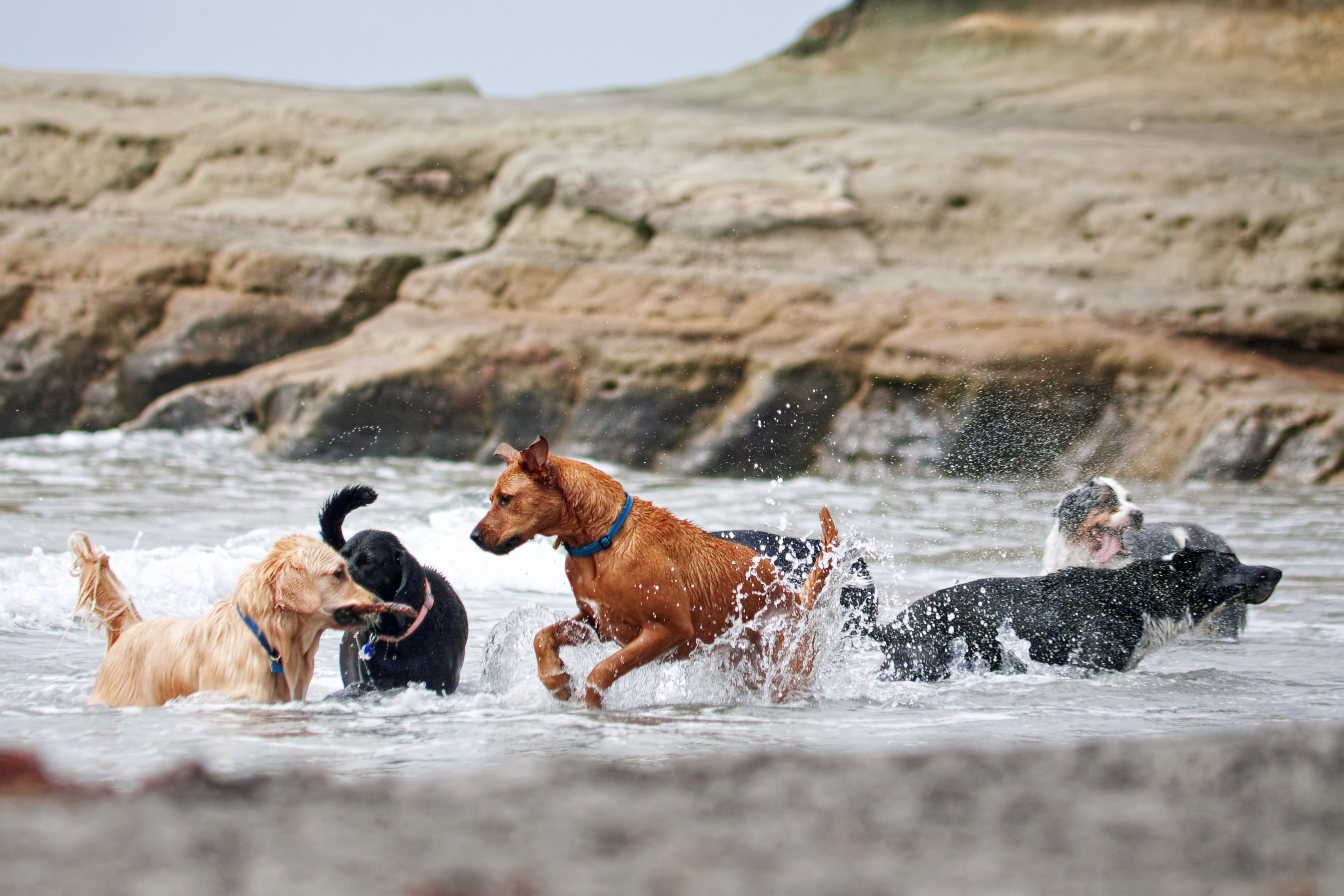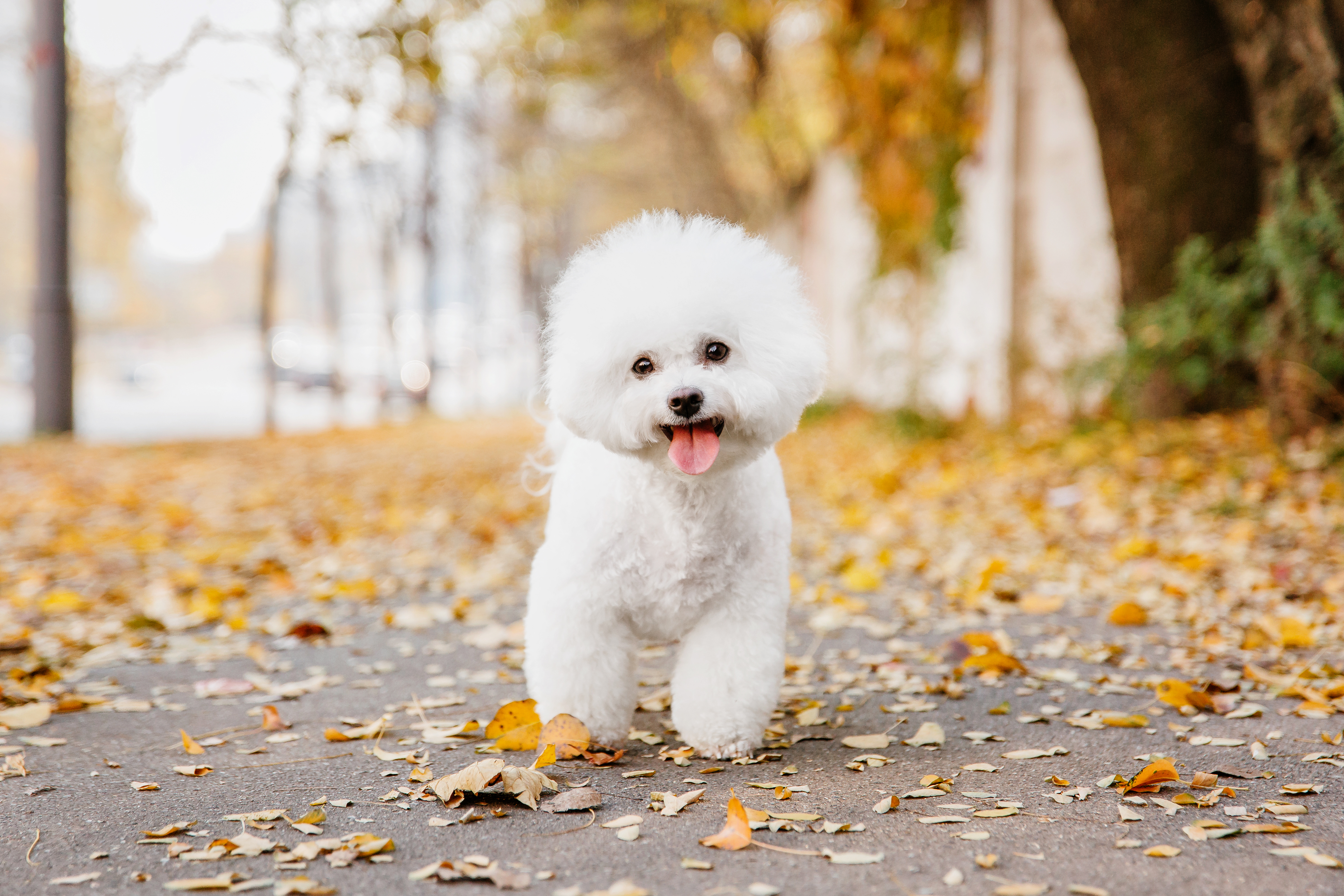Crafting the Perfect Pet Paradise: Your Essential 18-Step Guide to Home Animal Havens
Welcome to your ultimate guide to creating the perfect pet paradise at home. This 18-step guide is designed to help pet owners transform their homes into a haven for their furry, feathered, or scaled companions. We'll delve into the science of pet behavior, the basics of pet-friendly design, and the importance of safety measures. Each step is backed by research and expert advice, ensuring your pet's happiness and health. Whether you're a new pet parent or a seasoned pet owner looking to improve your pet's living environment, this guide will provide valuable insights and practical tips.
Understanding Your Pet's Needs

The first step to creating a pet paradise is understanding your pet's needs. Different species and breeds have unique requirements, from physical activity needs to dietary restrictions. Research your pet's breed and species to understand their natural behaviors and preferences. Consult with your vet or a pet behaviorist to gain more personalized insights. This knowledge will guide your decisions in creating a home environment that caters to your pet's needs and promotes their wellbeing.
Creating a Safe Environment

Safety is a paramount concern when designing a pet-friendly home. This includes removing toxic plants, securing loose wires, and ensuring that small objects that could be swallowed are out of reach. Consider your pet's size and agility when evaluating potential hazards. For example, cats and birds require high perches away from dogs or young children.
Designing for Comfort

Comfort is another key factor in creating a pet paradise. This involves providing cozy sleeping areas, temperature control, and access to natural light. Your pet's comfort needs will depend on their species, breed, age, and health status. For example, older pets may need orthopedic beds, while reptiles need heat lamps.
Stimulating the Senses

Pets, like humans, need mental stimulation. You can stimulate your pet's senses through toys, puzzles, and interactive feeders. Incorporate elements that cater to your pet's natural instincts, such as scratching posts for cats or digging areas for dogs.
Encouraging Physical Activity

Physical activity is essential for your pet's health and happiness. Design your home to encourage movement, whether through pet-friendly staircases, cat trees, or indoor exercise wheels for small animals.
Feeding Stations

Create designated feeding stations for your pets. This helps maintain cleanliness and prevents food aggression among pets. Consider your pet's feeding habits when designing these stations. For example, some dogs prefer elevated feeders, while cats prefer their water and food bowls to be in separate locations.
Grooming Spaces

A grooming space is an essential part of a pet paradise. This can be as simple as a designated spot for brushing your pet, or as elaborate as a pet bathing station. Ensure this space is comfortable for your pet and easy for you to clean.
Outdoor Spaces

If you have outdoor space, make it pet-friendly. This can include secure fencing, shade, and pet-friendly plants. Outdoor spaces provide additional opportunities for physical activity and mental stimulation.
Pet-Friendly Furniture

Choose furniture that is durable, easy to clean, and safe for your pet. Avoid materials that can be easily scratched or chewed. Consider your pet's preferences too - some pets prefer soft, plush surfaces, while others prefer firm, cool ones.
Noise Control

Pets can be sensitive to noise. Minimize loud, sudden noises in your home and provide quiet spaces where your pet can retreat to. Consider soundproofing your pet's sleeping area or using white noise machines to mask disruptive sounds.
Training Areas

Training is an important part of pet ownership. Designate areas in your home where you can conduct training sessions. This helps your pet associate the area with focused, interactive time with you.
Social Spaces

Pets are social creatures. Create spaces in your home where your pet can interact with you and other pets. This could be a shared living area, or a special pet room where your pets can play together.
Personal Spaces

While social spaces are important, pets also need their own personal spaces. This could be a crate, a special bed, or a secluded corner of a room. Personal spaces give your pet a sense of security and control over their environment.
Managing Allergies

If you or a family member has allergies, consider hypoallergenic materials and air purifiers. Regular cleaning is also essential to reduce allergens.
Accessibility for Aging Pets

As your pet ages, their needs will change. They may require ramps or stairs to access high places, or softer beds for arthritic joints. Plan for these changes to ensure your pet's comfort in their golden years.
Emergency Preparedness

Prepare for emergencies by having a pet first aid kit and emergency plan. This includes knowing the location of the nearest 24-hour vet, and having a plan for evacuating your pets in case of a natural disaster.
Regular Maintenance

Maintaining your pet paradise is as important as creating it. Regular cleaning, updating worn-out items, and checking for potential hazards keeps your pet's environment safe and enjoyable.
Creating the perfect pet paradise requires understanding your pet's needs, careful planning, and regular maintenance. By following this guide, you can create a home environment that not only caters to your pet's needs, but also strengthens the bond between you and your pet. Remember, the best pet paradise is one filled with love, care, and respect for your pet's unique needs and preferences.







